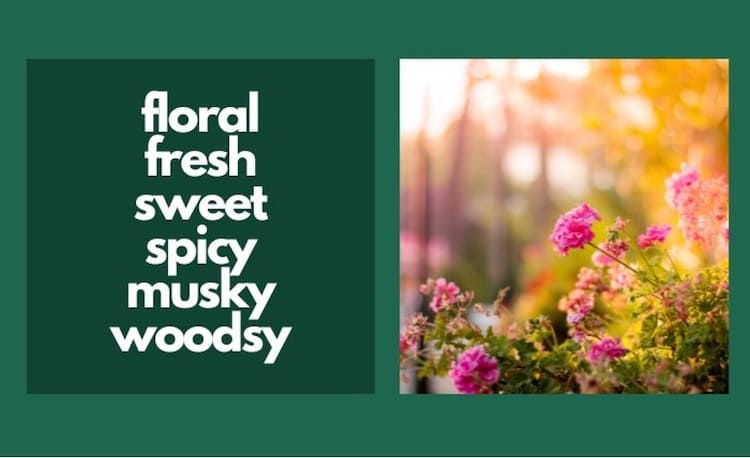7 Things to Consider When Designing a Fragrant Garden

Like a flower’s beauty, Fragrance has a magical effect on people. It can transport us back in time, recall memories past, and affect moods and emotions.
Now imagine how a scented flower can affect one’s physiological and psychological well-being. The answer can be seen in the growing number of gardeners who are showing interest in building a scented garden.
A garden that smells as good as it looks? 100% doable. You’ll no longer be limited to the scent of classic roses or freshly mowed lawns. With a fragrant garden, you can enjoy musky, sweet, and fruity scents along with rich colours and textured beauties all year round.
But while a scented garden is entirely possible, a truly rewarding scent scape requires a bit more effort and planning. To help you get started, here are ten tips we’ve gathered when building an eye-catching and nose-catching garden.

1. Get to know the types of plant fragrance. Flowers can smell, well, floral. They can also smell fresh, sweet, spicy, musky, or woodsy. Lilies have a heady and opulent scent. Primula smells like spring and honeysuckle smells nectarous and sweet. The scent of lily of the valley is fresh, light, and crisp while the scent of rose is simultaneously sweet and spicy.
2. Put in a little more effort to get to know the scented flowering plants you wish to put in your garden. Did you know that some flowers release stronger fragrances at night? These include Gardenia Augusta, Moonflower, Evening Primrose, Japanese Wisteria, Brugmansia, Night Phlox, and Night-Blooming Jasmine. These fragrant blossoms emit aromas at night to attract night-flying insects. Also, some scents take time to develop and can smell more appealing from a distance.
3. Choose a good site. You may want to consider a private, enclosed, or semi-enclosed space for the scent to be better appreciated.

4. Remember that plants’ positioning matters. If you have ample space and don’t mind planting a variety of fragrant plants throughout the area, decide whether you’d want specific scents in different locations. The smell of roses near the seating area or patio? Lavender beside the front door, maybe? Or lilies near a bedroom window. Locate specific plants where you want to smell them. Also consider the most traveled paths. The goal can be to create “little pockets” of fragrance where different smells and areas of your garden can elicit different emotions.
5. Plan the sowing time carefully, especially if you intend to create a scented garden that changes by the season. Choose aromantic flowering plants that bloom at different times of the year. Mock orange, lilac, lavender, iris, and sweet pea are perfect for a vibrant and fragrant summer garden. To turn winter gardens alive, you can count on Crocus sieberi, scented Skimmia, and winter bush honeysuckle.

6. Consider adding shrubs or trees to bring fragrance to your house and garden throughout the year. Trees like eucalyptus provide fragrance long after the sweet-smelling blossoms have stopped blooming.
7. Avoid competing aromas. You don’t want the scents to compete with each other or give anyone an overwhelming olfactory stimulation.
Now, choose flowering plants not just for the way they look. Layer your yard with another sensory dimension by planting fragrant flowers. All it takes is a little bit of planning for you to create and enjoy an attractive, impressive, and stimulating garden.
